The city of Zadar and its surrounding areas boast a very well-developed nautical infrastructure. They are located in the heart of the Croatian Adriatic, and the marinas in Zadar and its surroundings allow you to sail to all four corners of the world. If you head west, you will discover a bunch of little islands with tiny villages which still preserve the spirit of old times with their untouched natural coves.
Zadar (A. Gospić)
Popular routes
The most popular mooring point in the Zadar archipelago is a bay that forms its western border: the Pantera bay on Dugi Otok, the largest mooring point in the Adriatic. The 800-metre-long beautiful Sakarun beach is located on the southern side of Dugi Otok, and it has been named one of the 20 most beautiful beaches in the world.
The beauty of the Zadar archipelago will win you over with its sheltered bays and crystal-clear sea against the backdrop of the imposing slopes of Velebit dipping towards the sea
Dugi otok, Sakarun (A. Gospić)
Hidden routes
The isle of Mežanj is located on the southern side of Dugi Otok, and it hides the beautiful pebbled beach of Veli Žal, while the Golubinka cave is also located nearby (next to the Bribinjšica cove). Impressive cliffs mark the southern sides of this island, rising over a hundred metres tall and dropping steeply into the sea, adding a mystical touch to your sailing experience.
There are also numerous mooring possibilities outside the most popular routes, perfect for sailors who wish to explore and enjoy new experiences
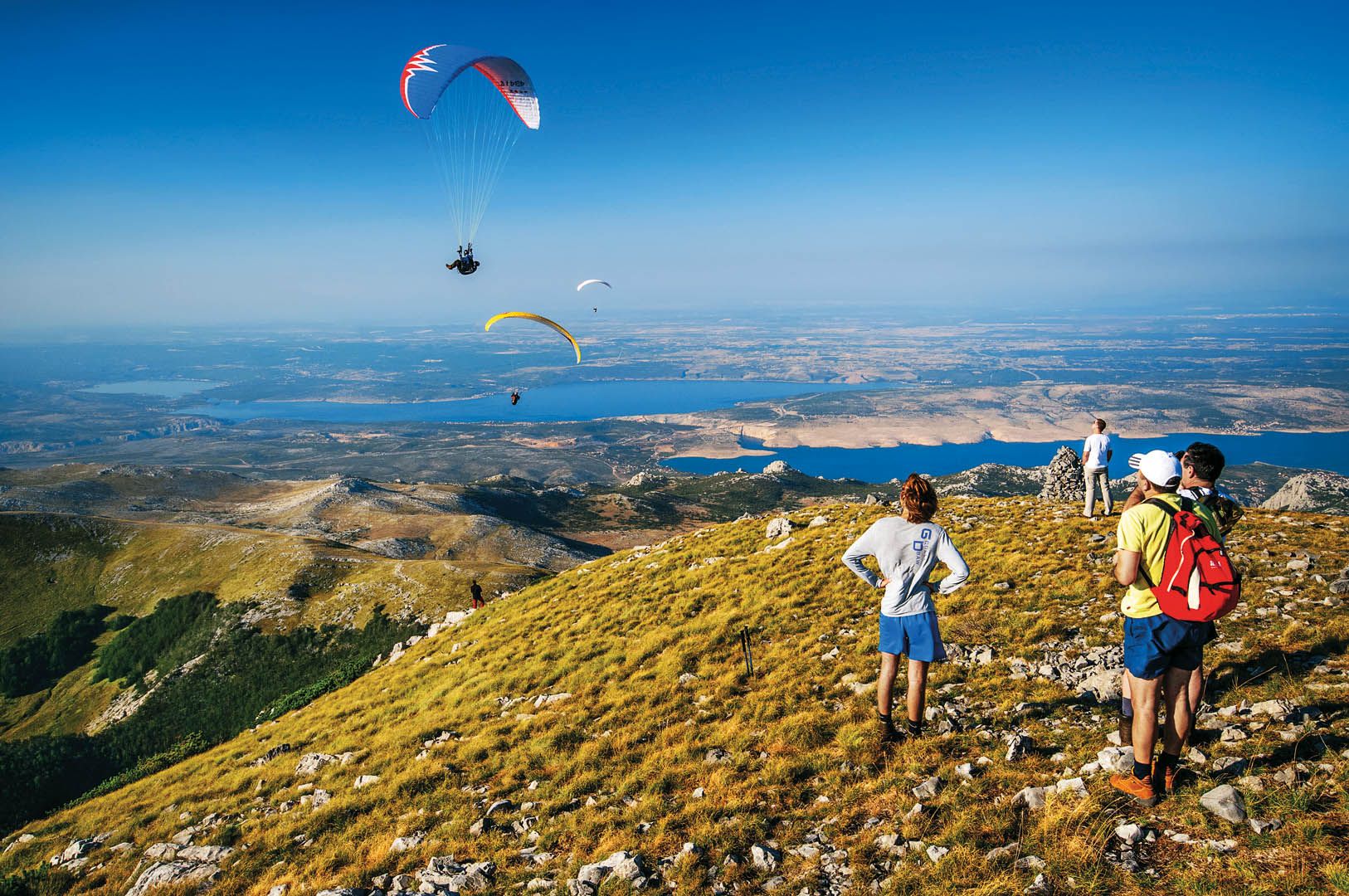
Paklenica National Park (A. Gospić)
The Paklenica National Park abounds in flora and fauna, as well as unique karst rocks and caverns. The Velika and Mala Paklenica canyons are particularly impressive
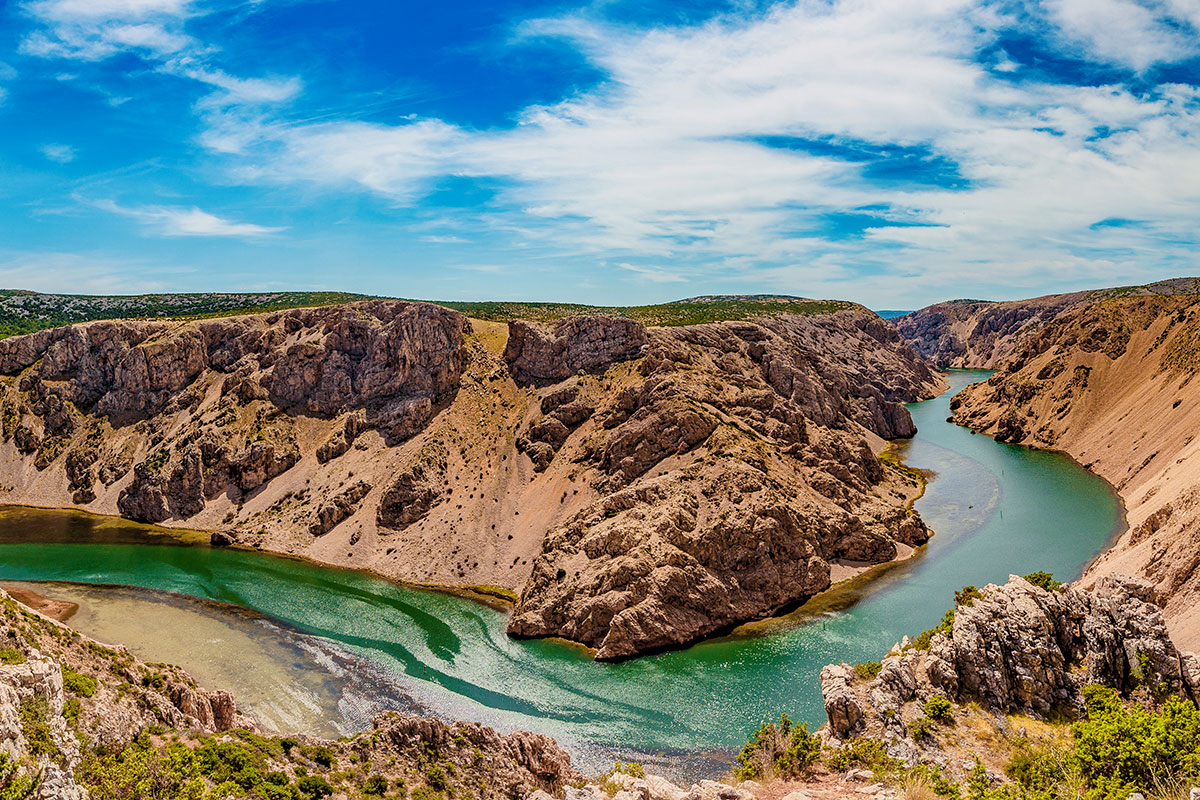
Canyon of the river Zrmanja (I. Biočina)
Zrmanja is a karstic river known for its rapids and waterfalls, while the view of its canyon leaves all visitors speechless

Velebit Nature Park
The Velebit nature park is famous for its biological diversity, karst phenomena, as well as cultural heritage in the form of sacral architecture and historical trails that bear witness to life on this austere but remarkably beautiful mountain

Telašćica nature park (H. Serdar)
The Telašćica nature park is another natural gem of this area, and thanks to its location it is one of the largest and best-protected natural ports on the Adriatic, with a salt lake only a short walk from the bay
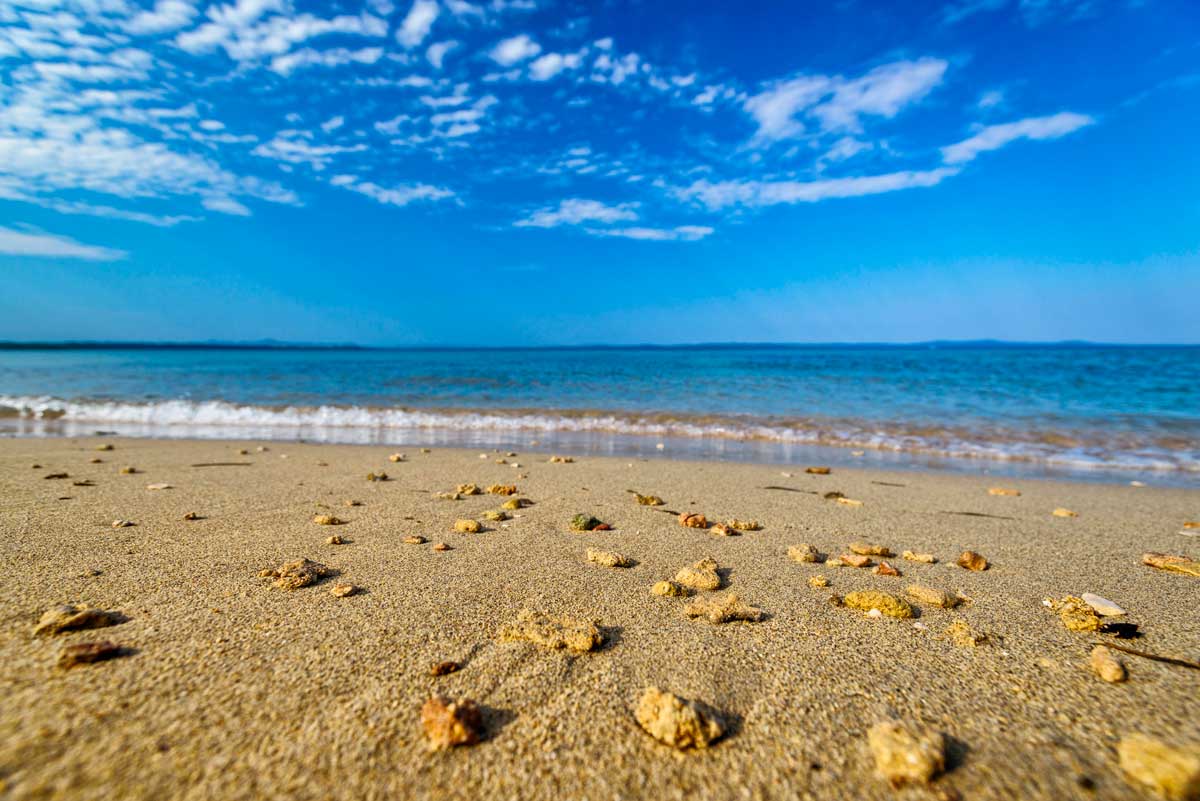
Bilotinjak, Zaton (A. Gospić)
Remains of sunken Liburnian ships were discovered in the ancient port of Zaton near Zadar. The Liburnians were skilled sailors who applied a special ship-building technique of joining elements together by sewing. It is believed that the Romans adopted their ship-building techniques and named their rowing galleys after them

Church of St. Donatus (Z. Jelača)
The church of St. Donatus, dating from the 9th century, is the symbol of Zadar and the most monumental Croatian building from the Early Middle Ages
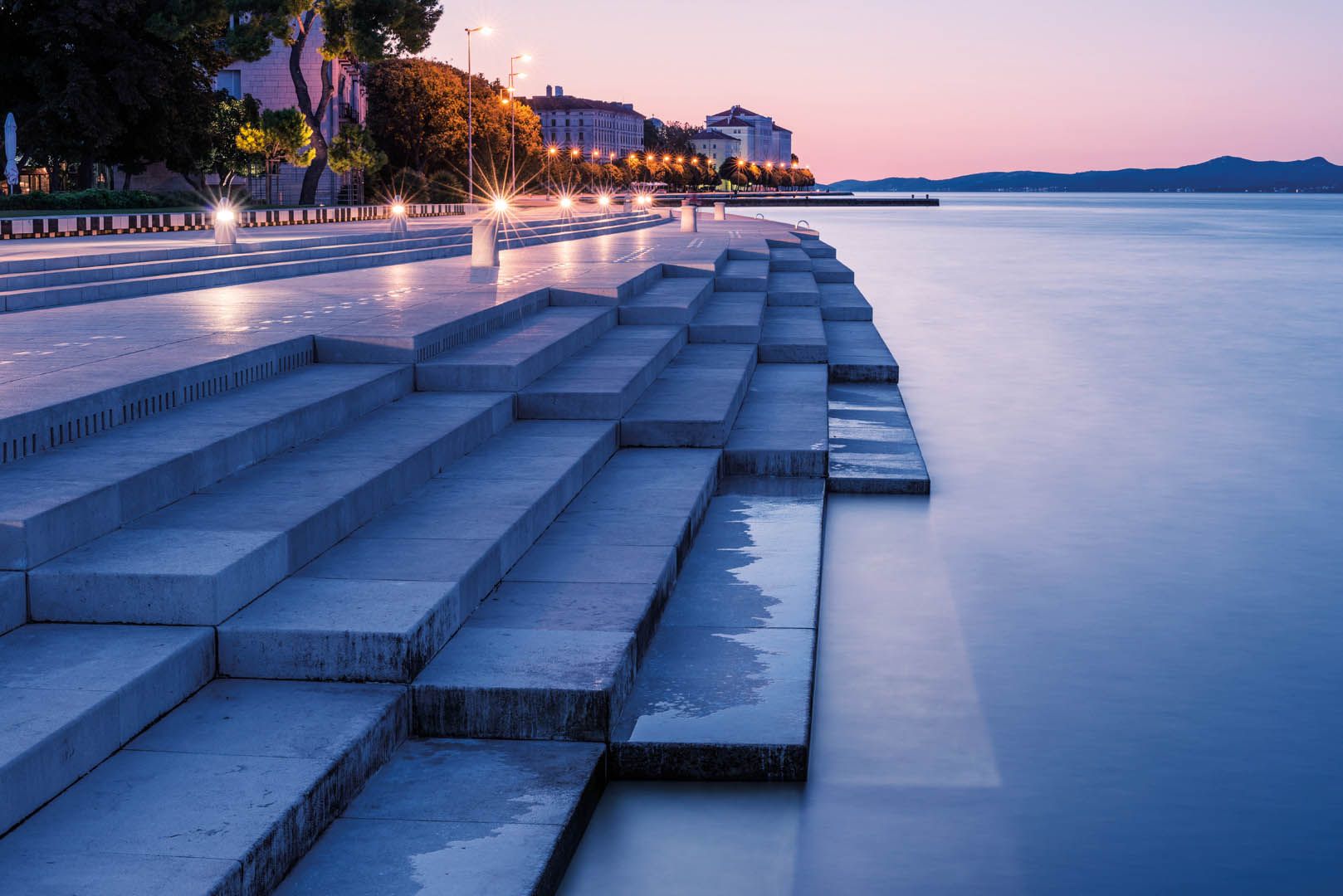
Sea Organ, Zadar (L. Esenko)
The Sea Organ, an architectural installation on the Zadar promenade, is a particularly impressive feature: it composes unique melodies with the help of waves
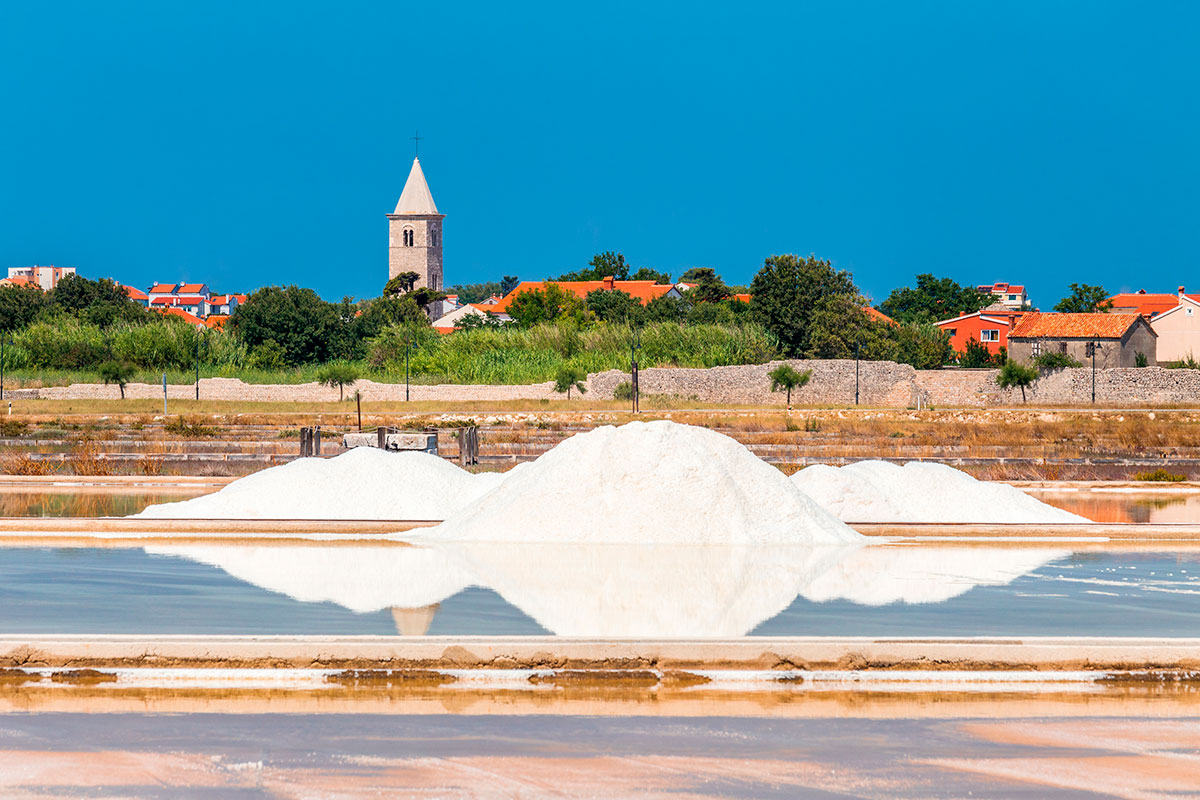
Nin
Nin, one of the oldest Adriatic towns, is home to Nin Saltworks, where salt has been produced in a traditional way for over 1,500 years
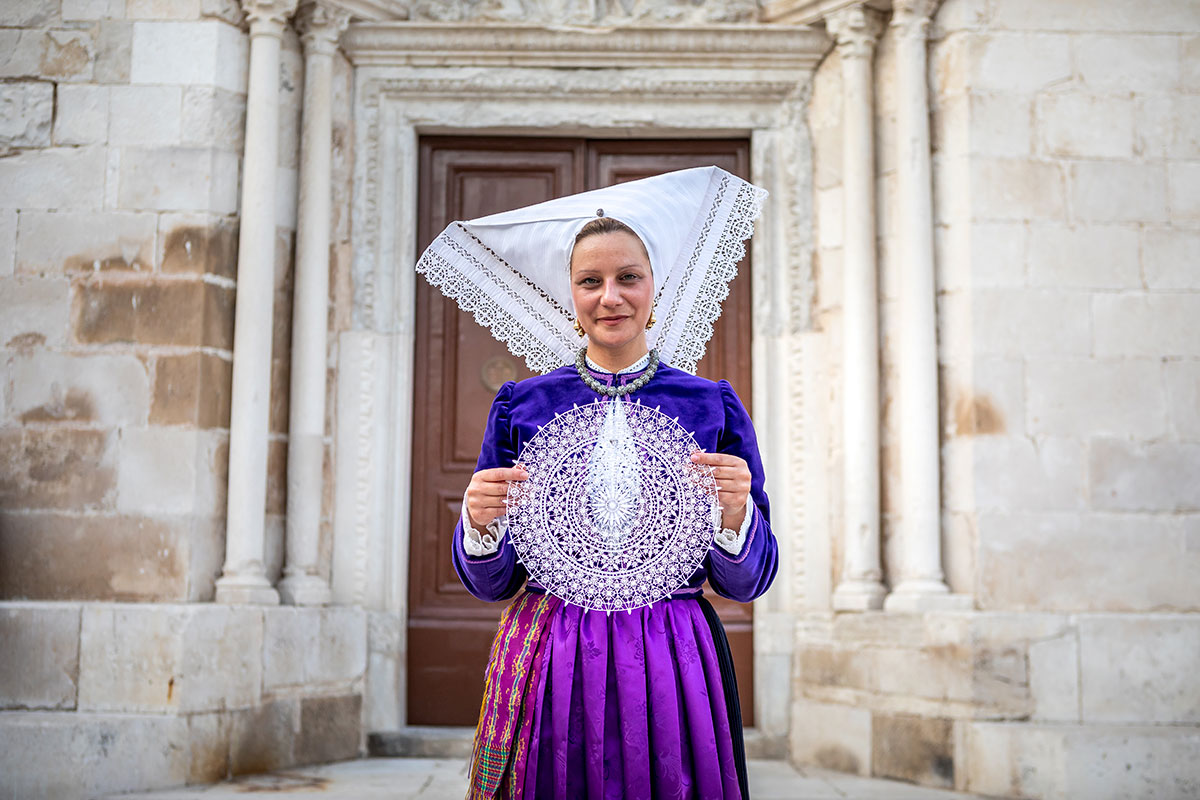
Pag lace (J. Duval)
Pag lace is an intangible cultural heritage of Croatia, handmade by hard-working and skilful women from the town of Pag

Pag cheese (I. Biočina)
Pag cheese is Croatia’s most famous dairy product, manufactured according to traditional methods, from the milk of the autochthonous Pag sheep
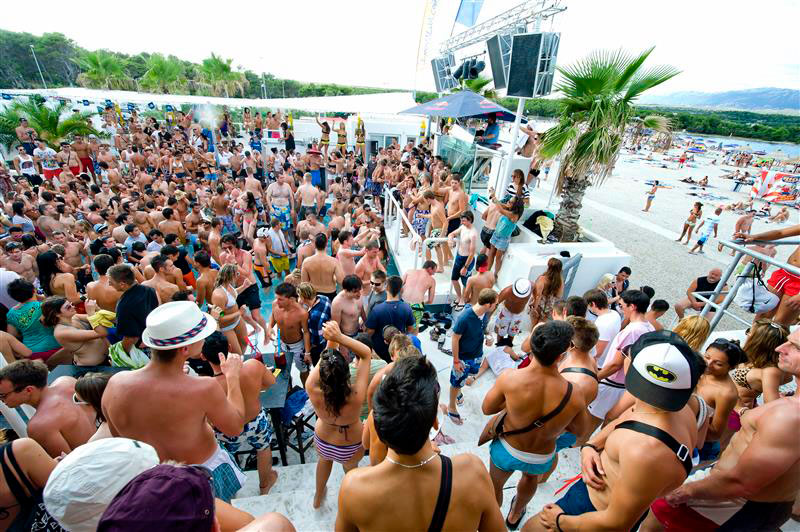
Zrće, Novalja (S. Surać)
Zrće is a pebbled beach located on the island of Pag, frequented in the summer by young people interested in partying

I. Biočina
The maritime area around Biograd annually hosts over 40 national and international sailing regattas in all classes

Lamb (M. D. Pečanić)